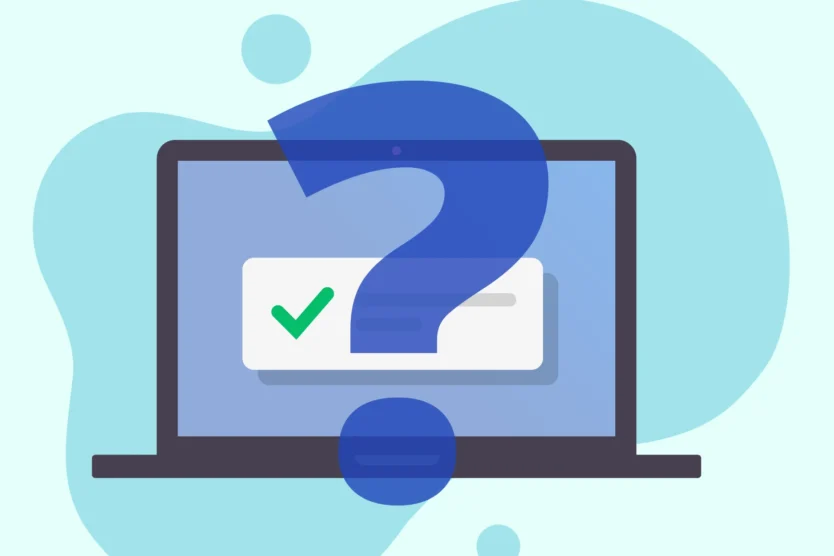
November 4, 2025 · Season 2 · Episode 14
FAFSA Filed! What's Next?
By Jacquie Butler & Gage
You hit “submit” on your FAFSA...now what? 🤔 In this episode, Gage and Senior College Planning Specialist Jacquie Butler break down what happens after you file, from understanding your FAFSA Submission Summary (FSS) to comparing financial aid offers. Whether you’re feeling confident or completely confused, this episode will help you make sense of what comes next on your college journey.
You’ve filed your Free Application for Federal Student Aid (FAFSA), congratulations! You’ve taken a huge step toward paying for college. But now what? In our latest Countdown2College episode, Jacquie Butler, senior college planning specialist at EducationQuest, offered her expert advice on what happens next and how to stay on top of all things financial aid.
Your FAFSA Summary
A few days after your FAFSA submission, you’ll get an email from Federal Student Aid confirming your form was processed. That message includes a link to studentaid.gov, where you can log in to see your FAFSA Submission Summary (FSS). This summary lists your Student Aid Index (SAI), which is the number colleges use to determine how much financial aid you may qualify to receive. It will also indicate whether you were selected for verification and provide you with the option to make corrections or add schools. Be sure to save a copy, as some scholarship applications may require it.
Check Your Student Portal
Once accepted to a college, you’ll get access to a student portal—your online headquarters for everything college-related. Colleges use portals to post important updates, to-do lists, and financial aid offers. Jacquie recommends checking it once or twice a week to avoid missing any important updates. Some schools still send emails, but most rely on the portal, so checking it is a habit worth starting now.
Be Prepared for Verification
If your FAFSA is selected for verification, don’t panic! It’s a totally normal part of the financial aid process. About one in four students undergo verification, which allows colleges to double-check key details on the student’s FAFSA. You may be asked to submit documents such as tax returns, W-2s, or documentation for household information or guardianship. It’s not a big deal, but it is important to respond quickly because your financial aid can’t be finalized until verification is complete.
When to Expect Your Offers
After your FAFSA is processed and you’ve been accepted, colleges will start sending financial aid offers—usually between January and March. These offers outline what kinds of aid you’re eligible for, including scholarships, grants, work-study, and loans. The earlier you apply for admission and complete your FAFSA, the earlier you’ll receive those offers, so keep things moving!
Compare By Net Price
When your financial aid offers start rolling in, it’s time to compare them carefully. Focus on the net price, or the total cost of attending minus scholarships and grants (money you don’t have to pay back). Also, check whether scholarships are renewable for multiple years or are awarded only once. Remember, a college with higher tuition might end up costing less if it offers more gift aid. It helps to lay everything out side by side so you can see the real comparison.
Covering What’s Left
If your aid package doesn’t cover everything, don’t stress. You have options. Start by applying for outside scholarships. Our ScholarshipQuest tool can help match you with awards based on your activities, interests, and background. Jacquie encourages students to apply for a variety of scholarships. You can also investigate federal student loans or Parent PLUS loans, which are included in your aid package. And if you want to save even more, consider taking classes at a community college or living at home for a year or two. Those choices can save thousands of dollars.
How to Apply for Loans
If you decide to take out a Direct Loan, you’ll complete a Master Promissory Note and Loan Entrance Counseling at studentaid.gov. Parents borrowing through a Parent PLUS Loan will follow a similar process, using their own FSA ID. Jacquie suggests completing this paperwork in June or early July to give colleges ample time to process it before your first tuition bill is due.
Stay Organized and Ask for Help
Jacquie’s best advice? Check your email and student portal regularly, respond promptly when your college requests information, and don’t hesitate to ask questions. Your college’s financial aid office and the experts at EducationQuest are there to help you every step of the way.
